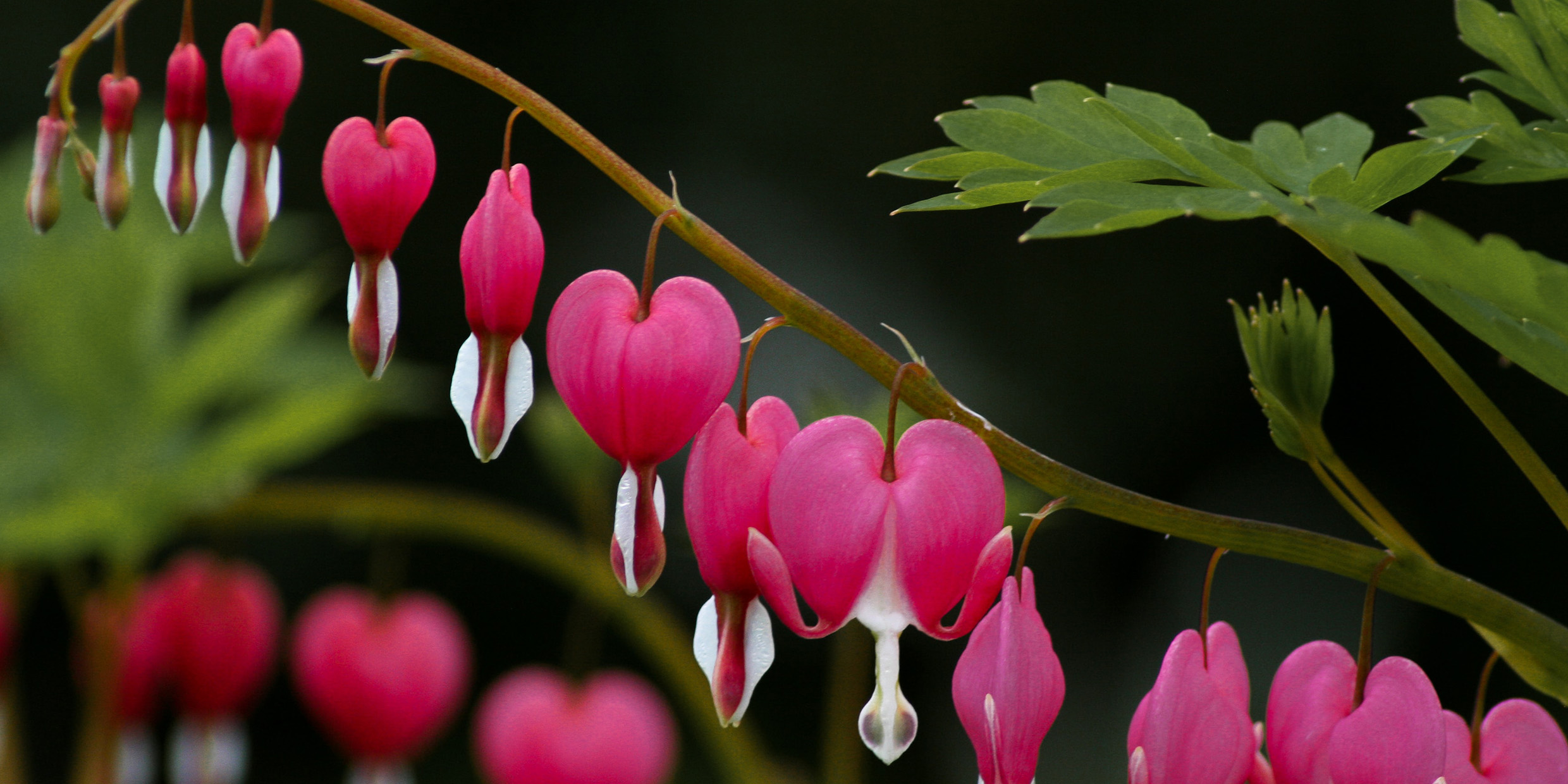Originally published 1 November 2004
Can a primrose be led down the primrose path?
Oh, yes. Poppies and peonies are as much in thrall to Cupid’s barbs as you and I. Flowers are sexual creatures too.
No one knows for sure why sex evolved. Certainly, reproduction is possible without sex, and finding and seducing a mate is a lot of fuss and bother. So why did natural selection favor something that takes so much time and expense?
The answer is seems to be this: Mixing genes from two individuals confers a certain hardiness on a species — an ability to adapt in the face of changing environmental conditions, resist the agents of disease, or repair damage to genes.
Whatever the cause, most species of plants and animals need two to tango, male and female.
There are two biological imperatives in sex: Keep it within the same species, but not too close to home. Just enough genetic similarity between partners but not too much is the formula for maximum hardiness of species.
So poppies have sex with poppies, but not with peonies. Humans have sex with humans, but not — thanks to incest taboos — with close family members.
Nature has devised many languages of love to insure that species are attracted to their own kind. Animals use scent, courtship movements, coloration and calls to find and attract appropriate mates. Each species has its own come-hither.
But think of the flowers, what are they to do?
They can’t go chasing after mates. They can’t growl, bite, or slap when an unwelcome mate comes calling. They are dependent upon wind or insects to carry sperm to egg.
To make matters worse, individual flower blossoms have both male and female organs — stamens and pistils. What can a peony or poppy do to keep pollen from its own male organs from fertilizing its own egg — a kind of self-incest?
And what can a flower do to keep the pollen of other species at bay?
It turns out that flowers are not passive players in the game of love.
To see how mate selection works, consider the mechanics of flower sex.
Male sperm is contained in pollen grains distributed by the stamens — pollen-tipped stalks in the flowerhead.
The female egg is held in the ovary at the base of the pistil, a sort of central vaselike structure with a long narrow neck.
Pollen lands on the tip of the pistil. It must germinate and grow a pollen tube that reaches down through the neck of the vase to where the egg reposes. Sperms then scurry down the tube and fertilize the egg.
It’s as if a flower had to grow a new penis with every act of copulation.
And that’s where the female part of the plant can pick and choose.
Recent research reported in the journal Nature describes the chemical conversation that takes place in a flower when pollen lands on the pistil.
The female organ initiates the conversation, in effect asking the pollen for the password. If the pollen responds correctly, it sprouts a pollen tube and gains admittance to the egg. If the password is incorrect, the consequence for the pollen is fatal.
It’s a kind of chemical bill-and-cooing. A whispering of sweet nothings in the language of proteins.
Flowers are no less capable than ourselves at selecting or rejecting suitors. Bees and breezes carry pollen hither and yon, but ultimately sex happens only as the result of a successful wooing.
And woe betide the pollen grain that comes calling without knowing the magic word that will melt the heart of a potential mate.
The tricks of love are as diverse as species themselves, but ultimately the advantage of sex is the same for every species: two sets of genes are more robust than one — provided they are neither too alike or too different.
Sex makes the world go round. It is creative. It is conservative. It has resulted in a wonderful diversity of life, and it has maintained species intact over long periods of time.
Individual plants and animals come and go. Sex helps insure that species are (more or less) immortal.



